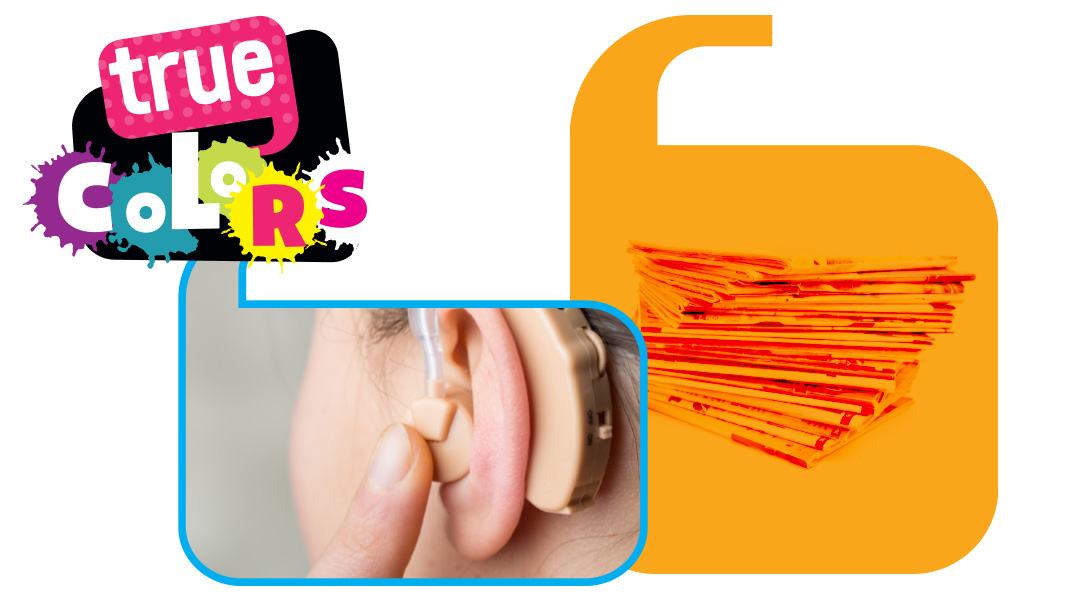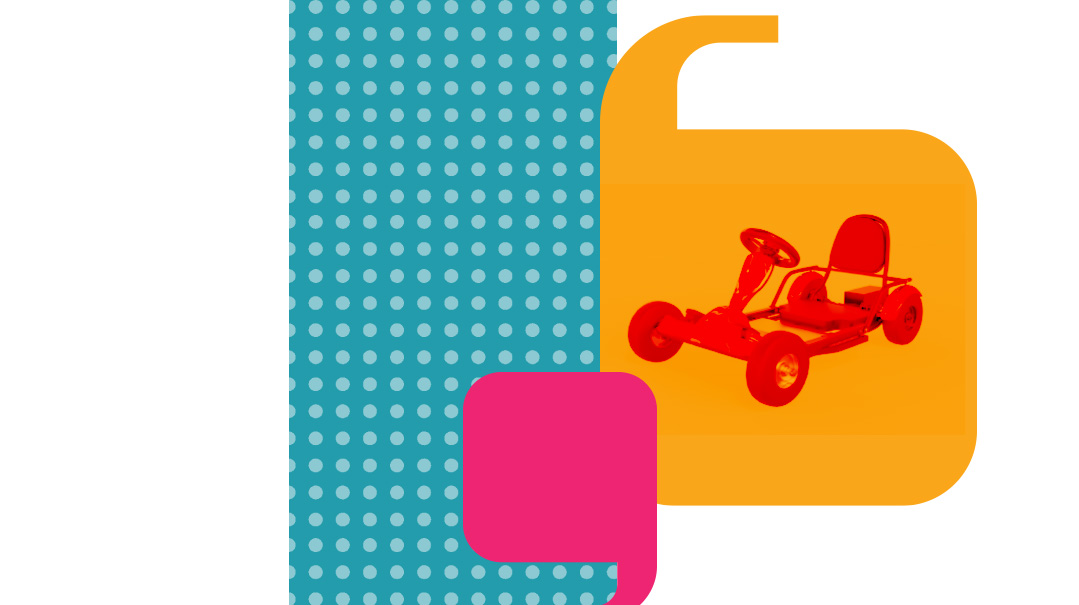The Miracle Helmet
| May 16, 2023“Everything’s in order. There’s nothing wrong with the brakes, kid”

MY big brothers all got hand-me-down bikes from neighbors or relatives who’d outgrown theirs.
By the time it was my turn to inherit a bigger bike, when I was 11 years old, all the bikes we owned were in really bad condition. But guess what? That meant that I was the first one in my family to get a brand-new bike — from a real bike store. A shiny, new, picked-it-myself bicycle. I was one proud peacock as we strutted into the store, me, my 13-year-old brother Avi, and my mother. The store smelled of fresh bikes, leather, and new tires, and I couldn’t keep the grin off my face. My brother and I looked at the bikes, felt the seats, and discussed the pros and cons of each one until we made a decision. My mother paid, and I wheeled my newest possession out of the store feeling like a million dollars. It didn’t occur to me that getting a secondhand, tried-and-tested bike might be a better idea. Of course buying a brand-new bike was better!
Or so I thought.
The first time I rode the bike, something felt wrong. The brakes weren’t working properly. I told Avi, and he took me seriously. “You have to check that out,” he said. “You can’t ride a bike if the brakes aren’t working well. That’s really dangerous.” So my mother sent us back to the store. Avi came with me again, and I explained the problem. The guy checked the bike and the brakes, straightened up, and pronounced, “Everything’s in order. There’s nothing wrong with the brakes, kid.”
I was surprised, but didn’t argue. I mean... he was the professional, the expert, the bike salesman, right?
But he wasn’t right.
Oops! We could not locate your form.







